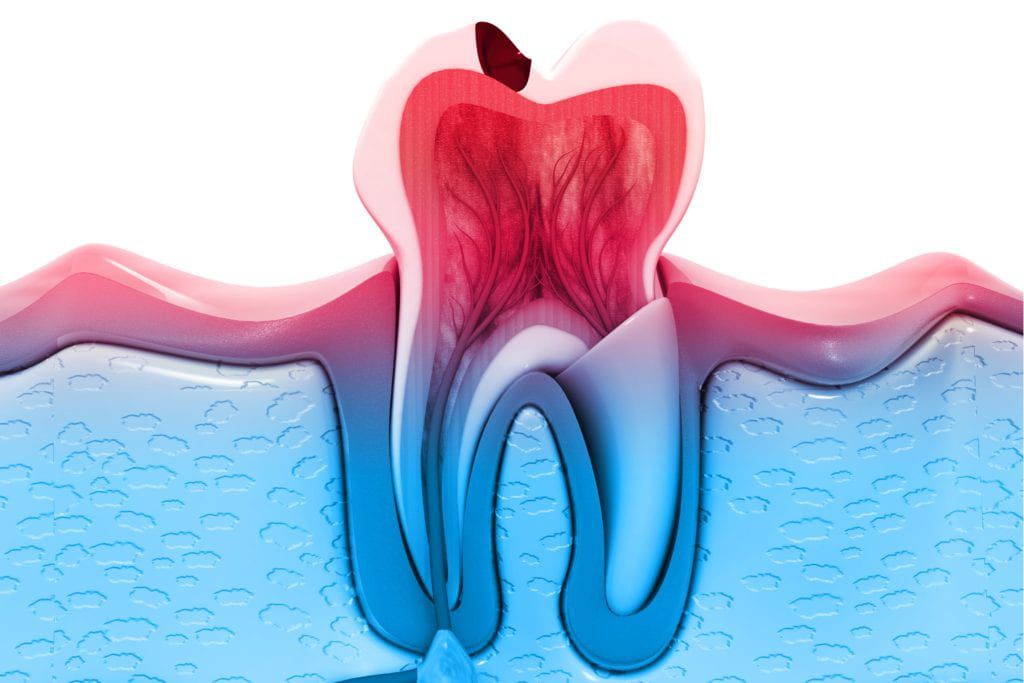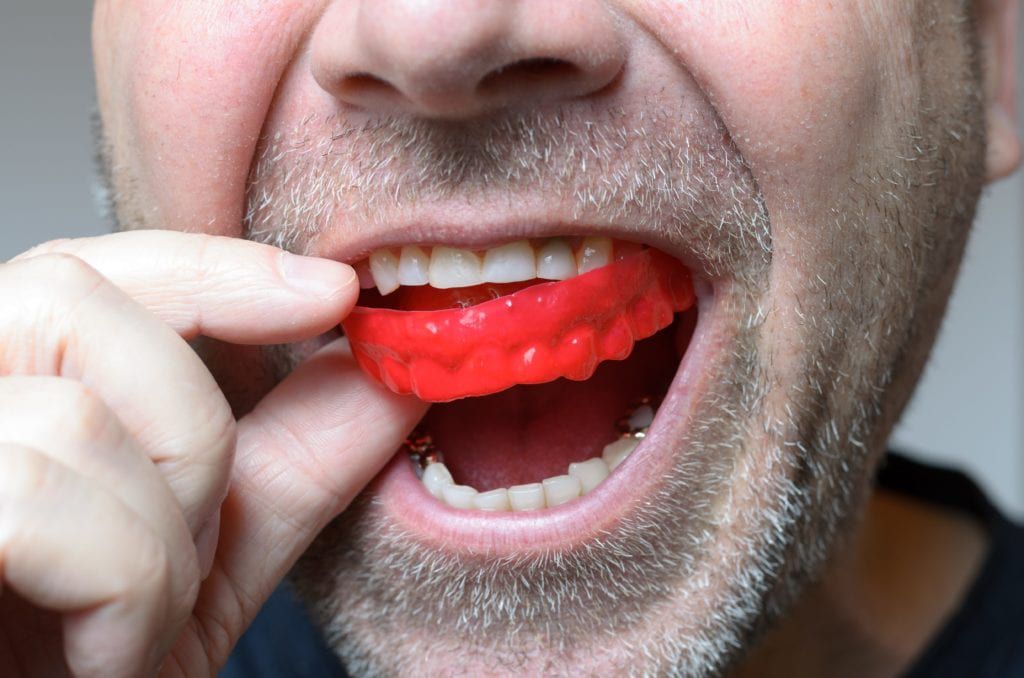Sensitive Teeth: Why and How to Fix Them

It’s a warm summer day and you just can’t wait to dig into that strawberry ice cream cone you just bought. Eagerly you take a bite of the cool, drippy sweetness and BAM! A dull, aching pain appears out of nowhere and instantly robs your satisfaction of your ice cream cone. What’s more, each bite continues to hurt and you wonder if finishing the cone is even worth it. Defeated, you toss the rest of the cone into the nearest trash bin and attempt to soothe your aching mouth.
Does this sound like you? Do you also experience dull, aching pain when you eat or drink anything too warm or too sweet? If so, then you may be affected by tooth sensitivity. Tooth sensitivity, dentin hypersensitivity, and root sensitivity are all terms used to describe the sensation of pain one feels when their teeth are exposed to hot or cold temperatures, as well as sugar.
If you are experiencing tooth sensitivity, you are not alone. Unfortunately, tooth sensitivity is quite common and currently affects about half of the American population. Tooth sensitivity can affect a single tooth or several teeth at one time. It can also be temporary or chronic depending on the cause.

However, to better understand what causes tooth sensitivity, we must first understand the basic anatomy of the tooth. Each tooth is composed of three different layers: enamel, dentin, and pulp. The enamel is the outermost and hardest layer, responsible for protecting the inside of the tooth. The dentin layer is a porous layer, meaning it has holes, that sits just below the enamel. Finally, the pulp layer is the innermost layer of the tooth and it is made up of nerves and blood vessels.
Your tooth enamel is your main line of defense against preventing tooth decay. However, when the enamel begins to wear down, stimuli are able to penetrate the inside of the tooth. Because the dentin layer is made up of several holes, or tubules, the stimuli are then able to enter the pulp layer and reach the nerves. Simply stated, tooth sensitivity is the tooth’s internal nerve being aggravated by external stimuli such as hot, cold, acidic, or sticky foods and beverages.
Now that we understand the basics of tooth anatomy, let’s take a look at some of the things that can cause tooth sensitivity:
- Tooth decay (cavities, also known as caries)
- Fractured or chipped teeth
- Fillings that have worn out over time
- Gum disease
- Enamel that has worn out and become thin
- Gum recession that exposes tooth roots
In every case listed above, the enamel layer is compromised so that it is no longer protecting the internal structures of the teeth. In the case of gum disease and gum recession, parts of the tooth that are normally protected by the gums become exposed to external stimuli, leading to tooth sensitivity. Because they are normally protected by the gums, the enamel is naturally thinner in that area and can wear down faster.

Now that we understand more about how the different tooth layers function and how enamel loss can lead to tooth sensitivity, let’s take a look at how to treat tooth sensitivity. First things first, it is important to identify the cause of your tooth sensitivity. For example, if the cause is a dental cavity, then getting a filling should eliminate the sensitivity. However, if it is worn tooth enamel, a different approach may be needed.
The easiest way to determine what the cause of your tooth sensitivity is, is to visit our office for a dental consultation. Dr. Heidarian will examine your teeth and gums to determine which teeth are sensitive and why they are sensitive. Then, she can recommend treatment to ease your sensitivity.
In some cases, certain restoration methods such as fillings, crowns, inlays or onlays, or dental bonding may be needed to restore a decayed or damaged tooth. Depending on the extent of the decay, a root canal may also be required. In cases where gum disease or gum recession is the cause, a periodontal cleaning or surgical gum graft may be advised.
In addition to dental treatments, there are a few other things you can do to minimize or eliminate tooth sensitivity. These things include:
- Use the correct brushing technique: make sure that you are brushing your teeth at the correct angle and that you are not applying too much force. While many people brush with a side to side method, this can actually cause your enamel to wear down faster. Instead use a 45 degree angle to your gum to brush your teeth.
- Avoid or minimize acidic foods: foods such as soda, sticky candy, and high-sugar carbs feed the bacteria that cause tooth decay and result in an acidic waste product that wears down your enamel. Instead try eating foods like cheese, milk, plain yogurt, and fiber-rich fruits and veggies, which will provide moisture and help fight bacteria.

- Address teeth grinding: if you grind or clench your teeth, your enamel will wear down faster. However, many people are not aware they do this because it often occurs at night. You can have your dentist examine your teeth for signs of grinding and then have a mouth guard made to protect your enamel from further wear.
- Easy on the bleaching: a common side effect of teeth whitening is tooth sensitivity. The risk for tooth sensitivity decreases with professional teeth whitening as opposed to over the counter products.
- Use a desensitizing toothpaste: desensitizing toothpastes contain potassium nitrate, which clogs tubules in the dentin and prevents stimuli from entering the pulp layer. Additionally, they contain fluorides, which work to strengthen your remaining enamel.
- Use alcohol-free mouthwash: unfortunately, mouthwashes containing alcohol can cause burning, unpleasant taste, and dry mouth. Alcohol-free mouthwash is less irritating to sensitive teeth and will not cause dry mouth.
- Address medical conditions: certain medical conditions, such as GERD, can cause tooth sensitivity indirectly. You should discuss all medical conditions with your dentist to determine if they could be contributing to your tooth sensitivity.
Got sensitive teeth? Schedule a consultation with Dr. Shadi Heidarian of Heritage Park Dental today! Heritage Park Dental serves Palo Alto and the surrounding communities.

